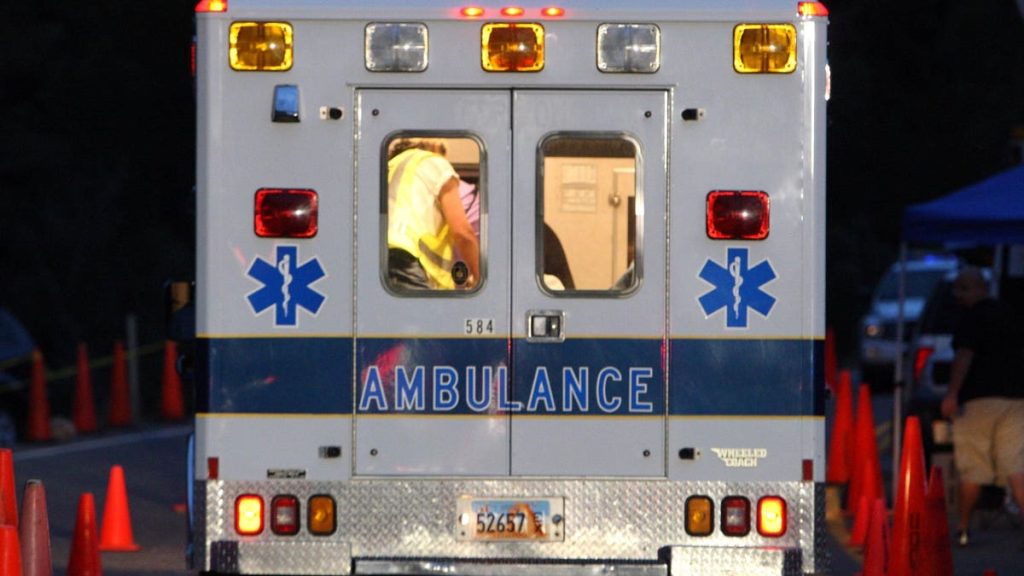An epinephrine nasal spray to treat allergic reactions, including anaphylaxis, did not receive FDA approval. This setback for ARS Pharma’s neffy means there is still no needle-free option for the emergency treatment of severe allergic reactions. FDA regulators decided that more data was needed before it could be approved. As an epidemiologist and someone who has used the EpiPen to treat anaphylaxis in a family member, I have a great deal of interest about what impact this nasal spray could have on patient outcomes.
“I trust that the FDA made the decision in the interest of patient safety. Traditional injectable epinephrine is widely available, proven effective and safe when used as indicated for treatment of systemic reactions to allergens,” says Dr. Thomas Scott an allergist and fellow of the American Academy of Allergy, Asthma and Immunology.
Rather than test the medication in patients with severe anaphylactic reactions, they used physiologic changes like blood pressure as a surrogate for medication efficacy. In its Complete Response Letter (CRL), the FDA asked ARS to conduct an additional pharmacokinetic and pharmacodynamic study that evaluates repeated neffy doses compared with repeat administrations of an epinephrine injection in participants with allergen-induced allergic rhinitis.
Novel Delivery System
Epinephrine has been marketed in the U.S. since 1901 and predates the existence of the FDA. In 1987, the EpiPen was approved for use by the FDA despite no clinical trial data. Rather, the FDA accepted literature that supported the efficacy and safety of the EpiPen. Such has been the case for nearly all other epinephrine products used to treat anaphylaxis.
Neffy is different because it uses a novel delivery system and route of administration that has not been previously studied or used for severe allergic reactions. However, nasal sprays are used for other medical emergencies like opioid overdose and seizures.
Anaphylaxis
Anaphylaxis, the most severe form of allergic reaction, is usually unexpected and can be life-threatening. It occurs after someone is exposed to an allergen and it can be hard to identify even for people who have gone through training. Common allergens include insect stings and bites, tree nuts and other foods, medications, and diagnostic testing substances like dye used for CAT Scans. Anaphylaxis can also be idiopathic, meaning it can happen out of nowhere.
Since parents typically eliminate allergens from their homes, children will often have their allergic reactions while outside the home, when they are more likely to be away from their emergency medications. Once the child is exposed, the severe allergic reaction is propelled by an increase in histamine levels in the body which set off a cascade of reactions that can progress rapidly over minutes and could lead to constriction of the airways, swelling of the throat, rapid heart rate and severe drop in blood pressure. Delayed treatment could even lead to death.
Unmet Need
ARS Pharma cited an unmet need for many families dealing with anaphylaxis in their filing to the FDA. Concerns raised include most families not having a filled prescription for injectable epinephrine and those who do, don’t routinely carry it with them. Families often delay treatment until symptoms are severe, partly related to needle-phobia, concerns about safety, complexity of the device and concerns about having to go to the emergency room after dosing.
I personally recall my hesitancy in using the EpiPen when I had a family member with anaphylaxis. I became uncertain about the facial swelling, I was concerned about administering the drug unnecessarily, and I was concerned about the consequences if I was wrong. I administered the drug, took her to the emergency room and the facial swelling subsided after about an hour. Might she, or I or another caregiver be more likely to administer the treatment promptly if it was easier to use and did not involve pain.
“The unmet need in anaphylaxis management is the availability of epinephrine for treatment in general. Not enough providers prescribe it. Too many patients can’t afford it,” says Dr. Scott. In fact, paying for an EpiPen could cost up to $650-700 for one dose, which is out of reach for many and which would certainly cause many to hesitate to use. As such, alternatives to EpiPen are crucial for this life saving medication.
Nasal Sprays Saving Lives
A nasal spray is attractive as a treatment option because there is no needle, it is more portable and children can easily be taught to administer this on their own. Immediate administration of epinephrine is the first-line treatment for severe allergic reactions. This has been the case for over 100 years. Deaths from severe allergic reactions are typically related to patients not being treated with epinephrine at the time of their event-either because it was not available or because it was not administered prior to emergency personnel arrival.
The nasal route of emergency medication administration has become popular due to its portability and ease of use. Consider this innovation’s role in combatting the opioid overdose epidemic. From 1999-2021, nearly 645,000 people in the U.S. died from an opioid overdose. This crisis led to increased prescribing of naloxone (Narcan), which reverses opioid toxicity. Over 50 million prescriptions of a naloxone nasal spray have been filled through 2022. This past March naloxone was FDA approved for over-the-counter purchase.
Likewise, patients with epilepsy are regularly prescribed nasal benzodiazepine to be administered during a seizure. Patients can often complete their treatment before emergency services arrive and this helps to avoid unnecessary emergency room visits and hospital admissions while also increasing patient safety. To put the impact in perspective, consider that 1.2% of people in the U.S. have active epilepsy, approximately three million adults and 470,000 children.
Despite the overwhelming benefit of these nasal sprays, it is important to also consider patient concerns. I have had patients indicate they do not like the after-taste. Some have indicated they may get a runny nose or watery eyes. Nasal sprays do not work for everyone, particularly people who already have pathology involving their noses. Decisions on whether to use nasal sprays or injectables for any prescription medication should be made in consultation with a medical provider.
Public Health
When it comes to the use of nasal sprays for the treatment of any life-threatening medical condition, as long as the medication has demonstrated safety and efficacy, that is a big win for public health. More people will use it, more lives will be saved and less people will suffer irreversible medical consequences. “I do hope that studies show that intranasal delivery of epinephrine and other medications find their way to market,” says Dr. Scott. “When they get to market, I hope these treatments are accessible and affordable.”
As much as I would like to see a nasal spray option to treat severe allergies available to the public, at the same time, the companies should demonstrate the safety and efficacy. I trust that the FDA will make the best decision for the American people when they make future decisions on nasal sprays for the treatment of severe allergies.
Read the full article here








